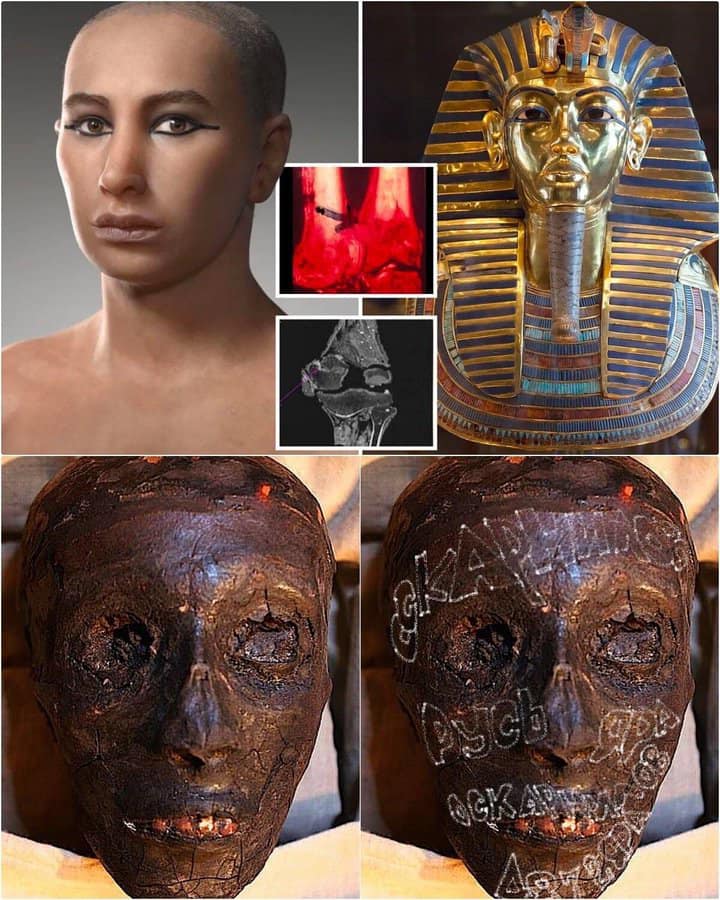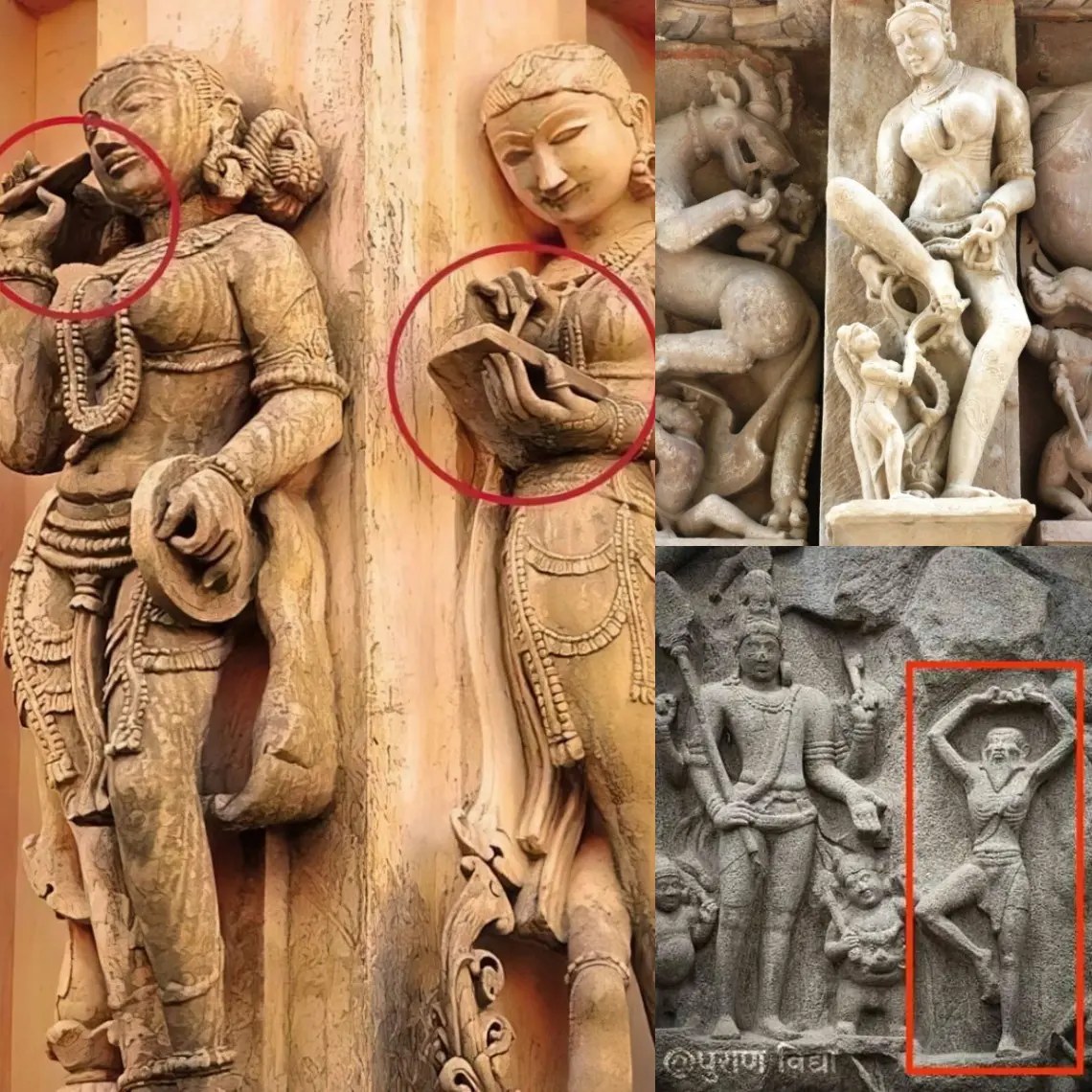While today’s prosthetics strive to surpass human capabilities, the earliest versions sought to replicate them.
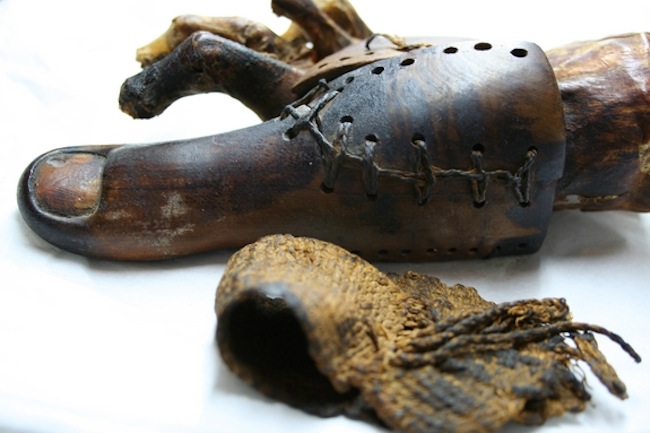
The earliest known prosthesis, dating possibly as far back as 950 B.C., was discovered in Cairo on the mummified body of an ancient Egyptian noblewoman. The prosthesis is made largely of wood, molded and stained, its components bound together with leather thread. It is, as prostheses go, tiny.
The prosthetic digit—the oldest little piggy in the world—is extraordinarily lifelike, its curved nail sunken into a similarly curved bed. Which is, in its way, remarkable. A toe! One that is several thousand years old! And it’s not just a toe-sized peg—a little device that would have made mobility more manageable for someone who was, by reasons of birth or amputation, missing her big toe. The prosthesis is, as much as it possibly could be, humanoid: maximally lifelike and maximally toe-like. The “Cairo Toe,” as it’s been dubbed, is prosthetic and cosmetic at once—evidence not just of ancient manufacturing stepping in where biology was limited, but of manufacturing engaging in an ancient form of biomimcry.
The earliest prostheses treated the body as a platonic model, molding themselves to the curves of the human form.
Compare the Cairo Toe to today’s prostheses, many of which—especially those that dominate the public imagination—seem to be inspired less by “man,” and more by the Bionic Man. The blades. The hooks. The exoskeletons. This week alone has brought news of a roboticized prosthetic hand that, possibly inspired by the workings of the claw crane, foregoes five fingers for three. It has brought news of a woman who created her own prosthetic leg … out of LEGOs. Those stories come as part of a flood of coverage of the next generation of prostheses, in which technologies from adjacent fields—3D-printing, robotics, chemistry—are helping humans to transcend nature’s narrow definition of humanity.
These devices—and this is the most important thing—will make life better for the many people who need them. But it’s also worth noting that their impulse—the body, made more powerful or more beautiful through technological augmentation—is in some ways extremely un-prosthetic. These newest devices are less about technology filling in where nature has been limited and more about technology bettering nature itself. They’re less about replication, and more about amelioration.
Which brings us back to that wooden toe from Cairo. The earliest prosthesis seemed to have no intention of bettering nature. Instead, it, and the devices that would soon follow, treated the body as a kind of platonic model, molding themselves according to the curves and planes of the human form. It wasn’t until later—much, much later—that we began to think beyond the lifelike.
The Cairo Toe, 700-950 B.C.
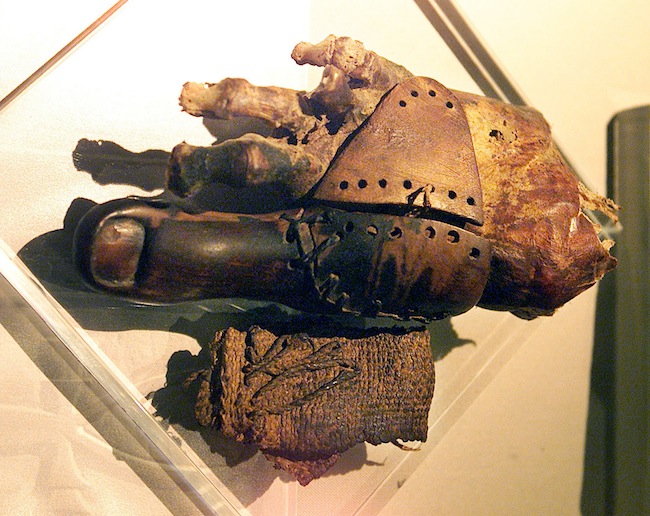
The Cartonnage Toe, 600 B.C.
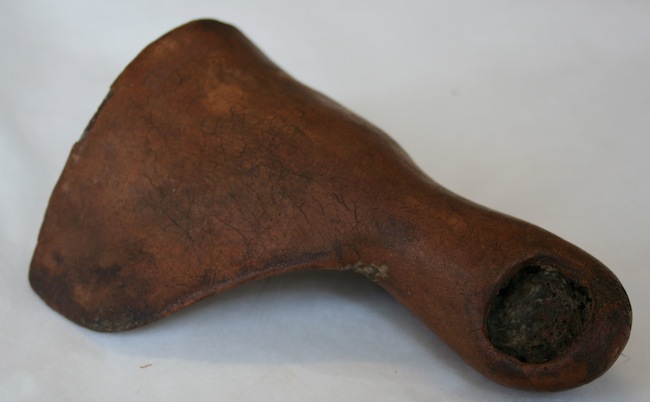
This toe, also Egyptian and dating a couple hundred years after the Cairo toe, is composed of cartonnage, a papier-mache-like substance made from linen, plaster, and glue. While the Cairo Toe was likely an ancient mobility aid, the cartonnage toe was likely used for cosmetic purposes. As the Wellcome Collection puts it, “The fact that it does not bend seems to imply it was used for the sake of appearances only and did not help the wearer to walk correctly.”
Roman artificial leg, 300 B.C.

The image above is a replica of an artificial leg found in a Roman grave in Capua, Italy. The leg, discovered in 1910, dates from 300 BC. (Why is the image a replica? The historical version of the limb, after its discovery, was kept at the Royal College of Surgeons in London, where it was destroyed in a World War II air raid.)
War Prostheses of the Middle Ages and Renaissance

During the Middle Ages, wars were conducted using swords and other weapons that swiped and otherwise crushed limbs. This, combined with the fact that missing limbs were often considered to be shameful deformities, led to innovations in prosthetics. Artificial limbs, as extensions of knights’ suits of armor, began to be constructed of iron.
And yet they were still lifelike—as in the prosthetic arm above and below, created for the Franconian Knight Götz von Berlich after a cannonball took his left arm in 1504. Here’s a closeup of the limb:
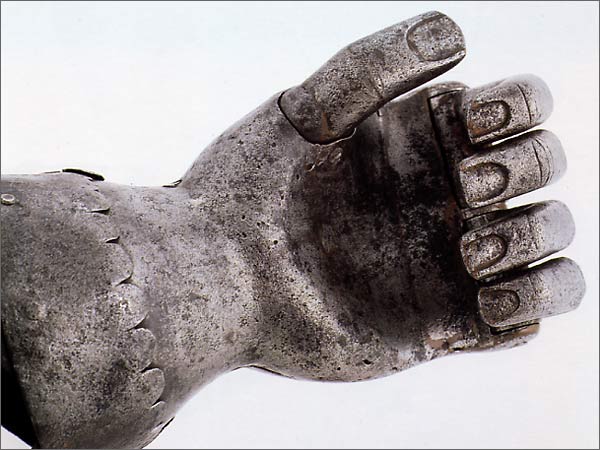
Note, again, the nail beds. And the knuckle creases. This is a tool—the fingers are curved to grip a sword—that is also, in a meaningful if not fully literal way, a hand.
This also makes the tool, as a prosthesis, conscribed to its time. We have, with our creative adaptations of new technologies, moved beyond simple biomimicry. We have moved into a new realm of human augmentation. As Gear Patrol summed it up: “The real question the world should be asking isn’t ‘will prosthetic science match what evolution spent 200,000 years perfecting?’, but rather, ‘when will it surpass it?’”
